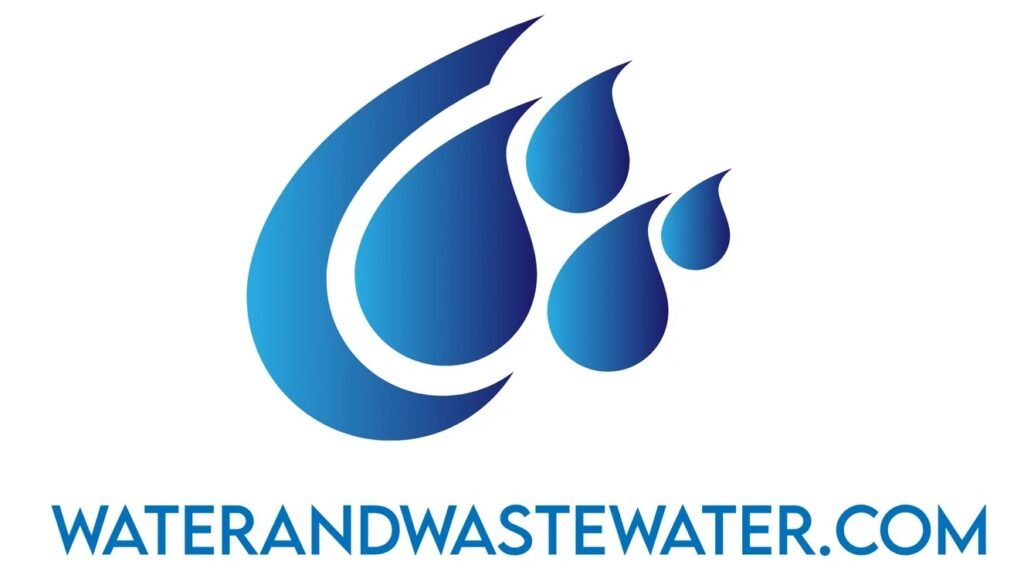
Tag: sustainable
Constructed wetlands for wastewater treatment are engineered systems that replicate the natural processes found in wetland environments to treat contaminated water. These systems are designed to leverage the natural interactions among water, plants, microorganisms, and the surrounding soil to remove pollutants such as nutrients, metals, or organic compounds from domestic or industrial wastewater. As green […]
Ion exchange is one of the advanced treatments. It is a vital process in wastewater treatment, involving the reversible interchange of ions between a solid substance, or resin, and a liquid solution—in this case, wastewater. It is a purification and separation method used extensively to remove undesirable ions, such as calcium, magnesium, and other heavy […]
Advanced Oxidation Processes (AOPs) are a cornerstone technology in modern wastewater treatment methodologies. Characterized by the generation of highly reactive species, particularly hydroxyl radicals, AOPs are designed to address complex and otherwise persistent pollutants in wastewater streams. These reactive species can break down a diverse array of contaminants, from organic compounds to pathogens, thereby reducing […]
Non-potable water is water that has not been treated or purified to the level necessary for safe human consumption. It encompasses a variety of water types that are utilized for purposes other than drinking, such as irrigation, flushing toilets, and industrial processes. Addressing the question “What is non-potable water?” it is essential to clarify that […]
Wastewater disposal is a critical environmental and public health concern. It encompasses the processes by which wastewater is managed after it is no longer needed or suitable for its original use. Managing this wastewater, including domestic sewage, industrial effluents, and agricultural runoffs, is essential to prevent the contamination of water bodies and groundwater resources. Adequate […]
Filtration in wastewater treatment is a critical process for removing impurities from water before it is released back into the environment or reused. The process involves passing water through substances that act as filters to separate particles and contaminants from the water. This is essential for protecting water quality, ecosystem health, and human well-being. As […]
Secondary clarification is an integral step in the wastewater treatment process, focusing on separating biological floc or sludge from the treated water after the primary treatment and biological processes have taken place. This phase is crucial as it determines the quality and clarity of the effluent, leading to the release of safe water back into […]
Aeration is a critical process in the treatment of wastewater, involving the introduction of air into sewage to allow aerobic bio-degradation of the pollutant components. It is a vital part of most biological wastewater treatment systems; microorganisms in the wastewater need oxygen to break down organic matter into harmless by-products. Oxygen is supplied through aeration, […]
Wastewater management is an essential process that involves the collection, Treatment, and disposal or reuse of water that has been adversely affected in quality by anthropogenic influence. It is a critical infrastructure component that supports modern society by ensuring that used water does not harm the environment or public health. The importance of managing wastewater […]
Primary treatment of wastewater, also known as mechanical treatment, is the first phase in the purification process of sewage. It focuses on the removal of large and suspended solids through a series of physical actions. At this stage, the wastewater is passed through several tanks and filters which are designed to separate solid waste from […]